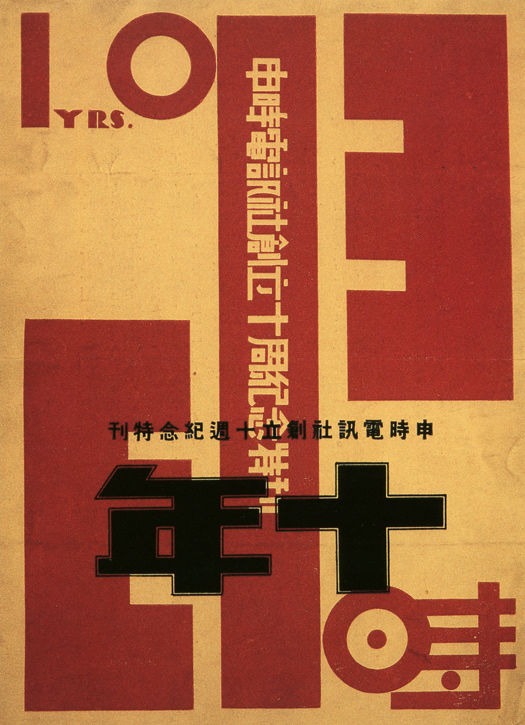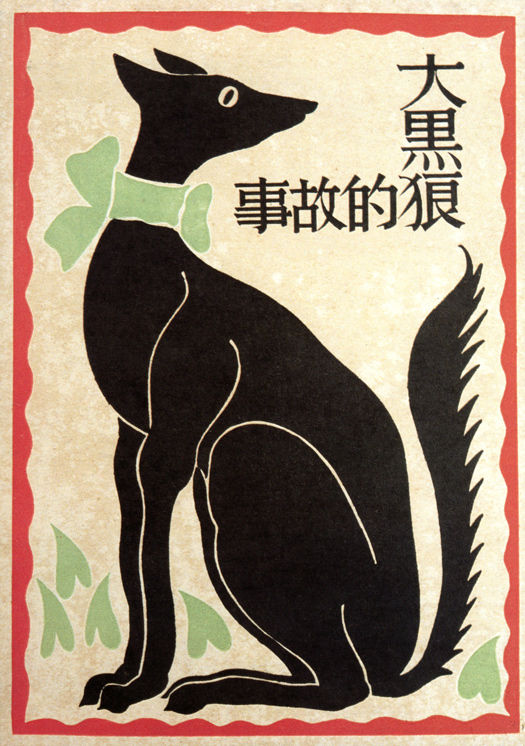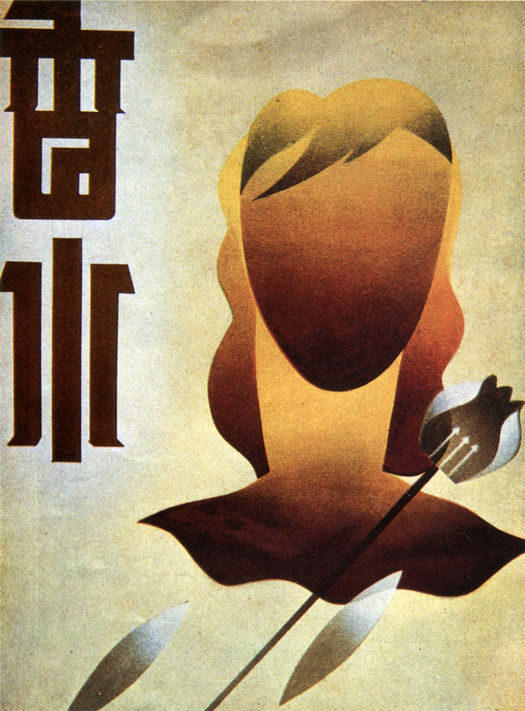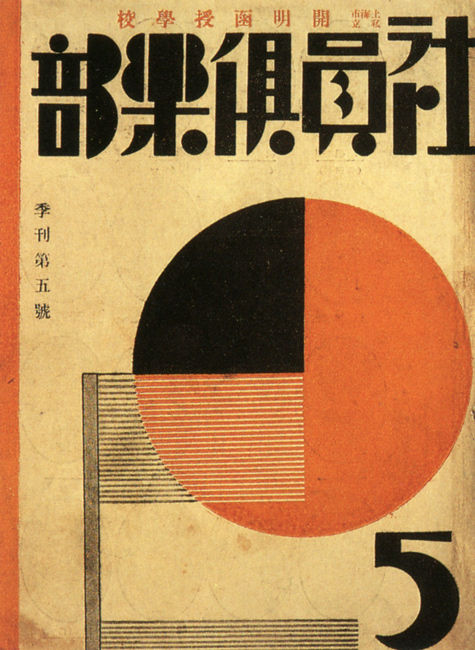What happened between 1920 to 1960
The most prominent example of Chinese modern design may be found in the Shanghai-style of the 1920s and 1930s. Design works produced in Shanghai during this period reflect various outside influences in large part due to the existence of numerous foreign concession zones in the city. The Shanghai period represented both the beginning of Chinese modern design and the best of this emerging form before the Second World War.
Many of the influences that shaped modern design throughout Greater China had their origins in centuries-old Chinese arts and crafts traditions. These traditional elements later were combined with foreign influences to form dynamic modern design styles. The most prominent example of Chinese modern design may be found in the Shanghai-style of the 1920s and 1930s. Design works produced in Shanghai during this period reflect various outside influences in large part due to the existence of numerous foreign concession zones in the city.
About half of this 160-page book is devoted to the 1920s and 30s, when the ideas of writer and artist Lu Xun were very influential, particularly on the young design professionals involved with the May Fourth Movement. Lu Xun introduced modern woodblock techniques to China—loved the German Expressionists and Käthe Kollwitz in particular. The authors point out that though Lu Xun taught many Western techniques, he always encouraged designers to seek inspiration in Chinese design history.
Shanghai Expression: Graphic Design in China in the 1920s and 30s

China Sketch, December 1936. "The End of Science" (back cover)
Illustrator: Xin Zhong
China Sketch, December 1936. "The End of Science" (back cover)
Illustrator: Xin Zhong
Ten Years of the Shenshi Telegraphic Dispatch Agency, c. 1930
Designer: Juntao Qian
The Short Story Magazine, August 1927.
Designer: Zhifo Chen
The Big Black Wolf, 1930
Designer: Juntao Qian
A Great Love, 1930
Designer: Juntao Qian
Modern Student, June 1931
Designer: Zhifo Chen
Book cover, 1936
Designer: Renze Zheng
Children's Music, c. 1930
Designer: Juntao Qian
Art Deco-style ad, c. 1930s
Creation Monthly, 1928
Ahead of the Times, January 1931
Designer: Juntao Qian
Science and Engineering Magazine, 1935
Designer: Qing Hong
Military Magazine, April 1937
China Sketch, April 1936. "Madame Sanger in China"
(Sanger was an American proponent of birth control)
Illustrator: Jinlou Zhu
The Dividing Line in Love, 1929.
Designer: Juntao Qian
The Ladies' Journal, October 1931
Designer: Lingtao Zhang
Wandering, August 1929
Designer: Yuanqing Tao
Literature, October 1933
Designer: Zhifo Chen
Literature Weekly, undated issue on Russian short stories
Designer: Juntao Qian
The Ark, February 1935
Modern Woman, 1933
Designer: Juntao Qian
Shanghai Private Kaiming Correspondence School,
Members' Club Quarterly, c. 1930
Designer: Juntao Qian
The Muddy Stream, 1931
Designer: Juntao Qian
New literature advertisement, c. 1937
Designer: Xuefu Zhang
The Shanghai period represented both the beginning of Chinese modern design and the best of this emerging form before the Second World War. Creative design work of the quality produced in Shanghai could not be sustained during the war, and after the Communists gained power in 1949 commercial graphic design was seen as a symbol of “Western lifestyle” and said to be a “waste of national resources” because it encouraged the consumption of unnecessary products. 6 However, the Shanghai spirit of commercial graphic design continued under the capitalist economic system and British colonial rule in Hong Kong after the war.
The level of talent and quality of creative production in Hong Kong before 1950 was never equal to that of Shanghai, nor was the direction of development begun in Shanghai continued after this time. From the period after the war through the 1960s, commercial graphic design developed at a steady pace in Hong Kong. Turner argues that Hong Kong was able to maintain its modern Chinese design style until at least the 1960s, through the contributions of both mainland and Hong Kong designers. He attributes a rapid fading of Hong Kong modern design style after 1960 to the influx of American companies and to government assistance for American design specialists, rather than local designers. Local Chinese designers previously trained in Guangzhou and Shanghai had to gradually alter their style to fit into the new commercial environment dominated by American companies, and to meet the standard set by American-trained designers. 8 This transition was significant to the history of Hong Kong design, because it brought Western design theory and principles directly into contact with Chinese culture.























